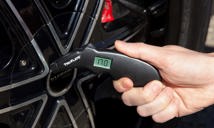Key findings of a survey by the Tire and Rubber Association of Canada (TRAC) have revealed that Canadians are making some serious mistakes when it comes time to check and adjust the tire pressure on their cars and trucks.
Though most of us understand that regular tire pressure checks are important for tire life, vehicle handling, and fuel/energy efficiency, a significant portion of respondents don’t have their basics covered when it comes to how, when, and why to perform tire maintenance, and how to find the information required to do it properly.
Like fall, spring is a “shoulder season” and temperatures fluctuate considerably. These changing temperatures, as well as other factors, can prompt tire inflation pressure problems as well as issues with the tire pressure monitoring systems (TPMS) in some vehicles.
Spring is a great time to brush up on the importance of tire pressure checks and adjustments, as well as how your car’s TPMS system works and what might cause it to malfunction. Below, we’ll dig into five reasons why it’s important to check your tire pressure often – especially in the spring.
The 5 per cent difference
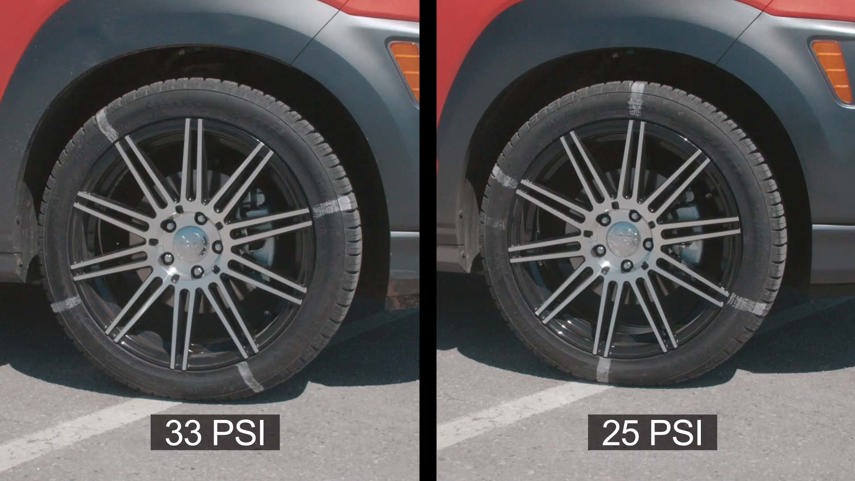
The inflation pressure recommended for the tires in your car or truck is chosen based on extensive testing and validation. Following that recommendation ensures your tires perform optimally and live a long and healthy life while respecting your fuel dollars and minimizing the emissions of your vehicle.
But tires lose air naturally over time, which is why you should be checking your tire pressure with a quality handheld gauge at least once a month – even if most drivers don’t.
According to Tim Orpen, Manager of the Mechanical Program at Kal Tire, even slightly underinflated tires can cause problems.
“Even when tires are underinflated by 5 per cent, drivers will see increased fuel consumption, altered braking ability, increased tire wear, and less-precise handling of the vehicle.”
Up to a third of the tires on the road are underinflated – a trend that wastes fuel, creates excess emissions, and costs drivers money.
Remember: you can’t tell whether a tire is properly inflated just by looking at it or even trying to squeeze it, so bust out that tire pressure gauge. Be sure to measure tire pressure when your tires are cold – ideally first thing in the morning after your car has been parked overnight or for at least several hours. Why? Driving heats your tires up, which changes the air pressure. Tire manufacturers have taken this into account when designating the recommended inflation pressure, which is why it’s important for you to take measurements and make adjustments while your tires are cold.
Why does tire pressure drop in cold weather?
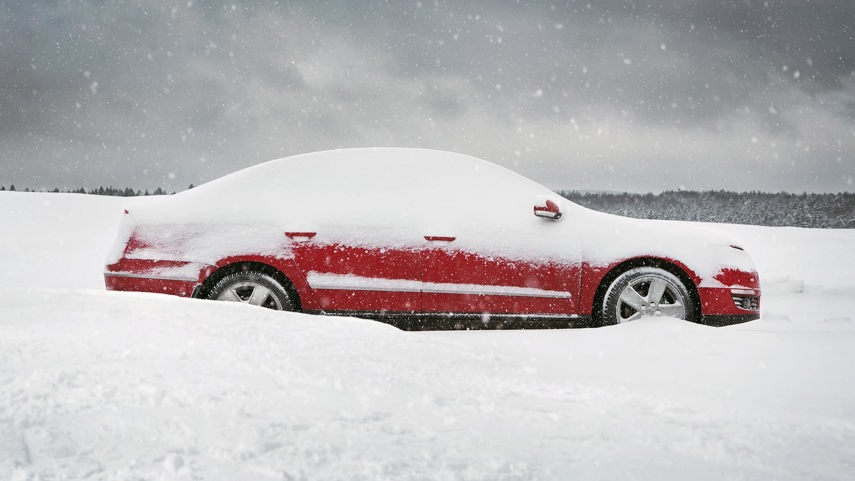
“When the temperature drops, air contracts and as the air molecules get closer together, the reduction in air volume causes tires to lose their pressure,” explains Kal Tire’s Orpen. “These smaller air molecules can naturally work their way through the porousness of tire rubber, causing further pressure loss. In colder temperatures, rubber hardens, sometimes causing additional air loss from the seal of the tire where it meets the rim. In winter months, most tire repairs are due to seal leaks.”
If you suspect a major drop in outside temperatures has affected your tire inflation pressure, be sure to adjust accordingly and then keep an eye on things.
Often, a simple one-time adjustment is all that’s needed. Sometimes, a low tire pressure warning disappears on its own after a few minutes of driving, thanks to the increase in tire pressure caused when the tires heat up.
Still, if you find yourself having to repeatedly air-up a soggy tire every few days, you may be suffering from a bad seal, a small puncture, or a leaky valve stem.
Can a TPMS sensor leak air?
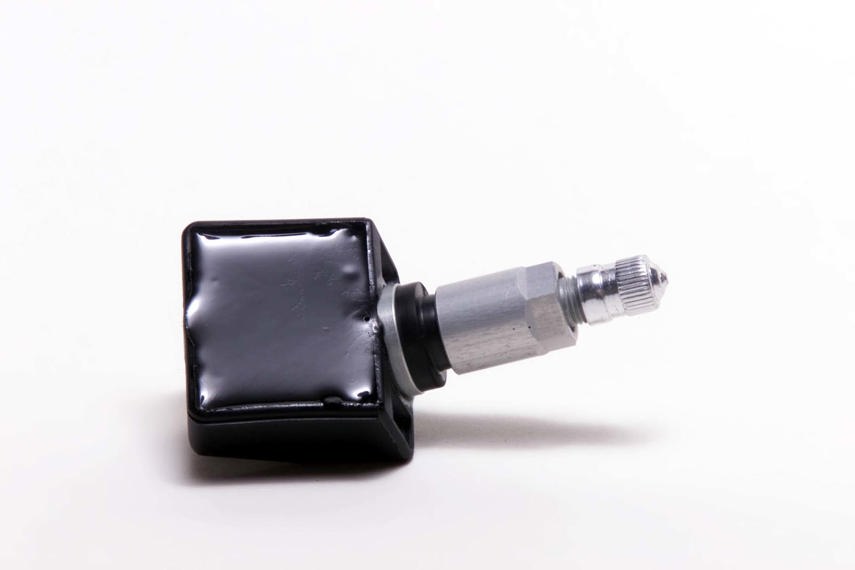
Yes. According to Jonathan Scott, a Technical Expert at Toyo Tires, a TPMS sensor is like a valve stem in that it’s made of rubber and/or a rubber gasket.
“As the rubber heats up, cools down, and becomes aged, it can crack and leak. Another reason for air leaking is corrosion – this is likely caused by moisture between the base of the sensor/valve and the wheel, which can trap dirt, grit, or brine and cause a slow leak.”
Though TPMS technology is not mandatory in Canada, many vehicles are fitted with the monitoring system. If that’s the case for your car or truck, note that tire pressure sensors have a lifespan that’s tied to their built-in battery, about five years in most cases.
Tire pressure sensors can be calibrated, often via the vehicle’s infotainment system. Check your owner’s manual for the full scoop as it relates to the specific machine you drive.
Still, a TPMS system is not a substitute for regular pressure checks. Experts recommend manually checking tire inflation pressure on a monthly basis with a quality pressure gauge, and comparing those results to the displayed pressure on the TPMS system. If you notice a big discrepancy, have a professional inspect the TPMS system for possible trouble.
How much pressure?
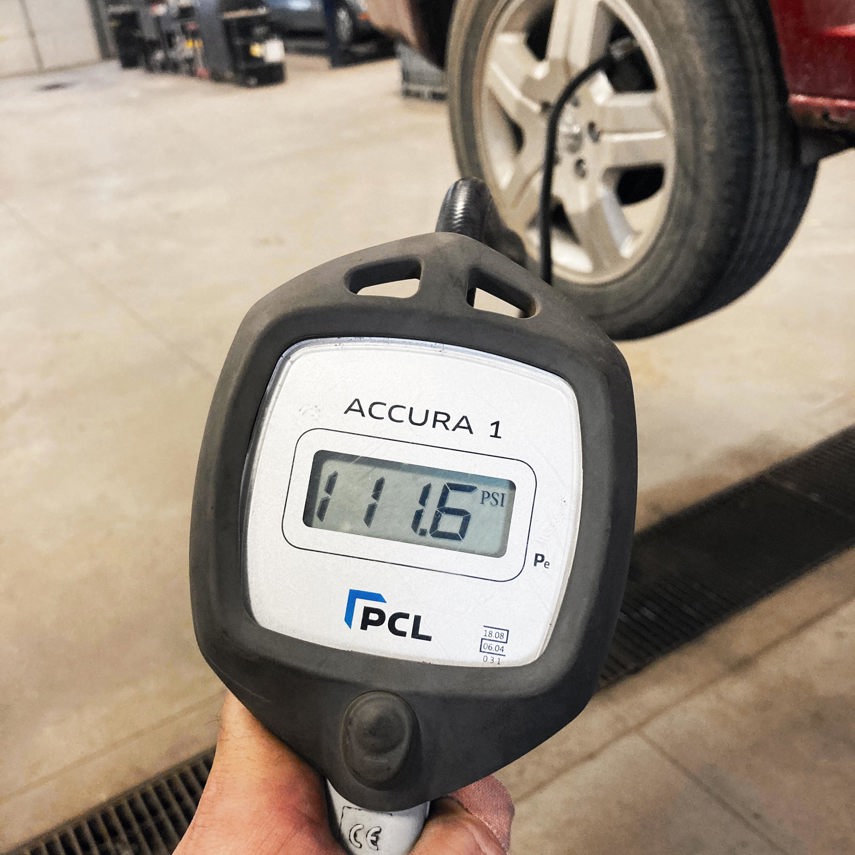
Both winter tires and all-season tires fitted to conventional and electric vehicles should have their pressures set to the manufacturer’s recommendations for the vehicle. You’ll typically find these on the door jamb, fuel door, or in the owner’s manual.
If you’re running non-original or specialty tires, refer to the documentation included with those tires for specific recommendations. The tires on most vehicles need about 30 to 35 PSI of inflation pressure, while large trucks and heavy-duty vehicles may require 50 to 60 PSI of pressure, possibly more.
Always check before inflating, since over-inflating your tires can be bad news, too.
Remember: your tires will tend to lose about 1 PSI of pressure per month naturally. Since most drivers only check and adjust their tire pressure a few times a year, more frequent inflation pressure checks and adjustment represent an opportunity to improve fuel economy and tire life. This saves you money and basically makes you a genius.
Seasonal storage considerations
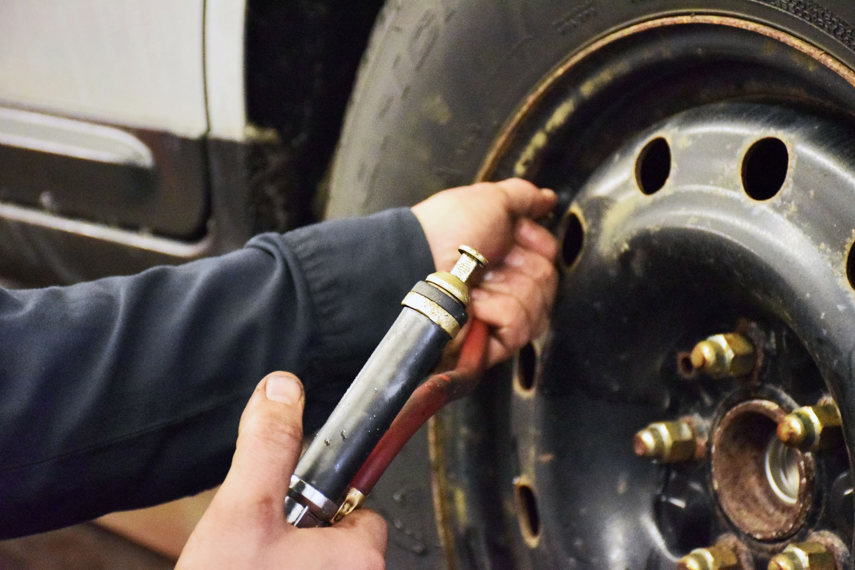
Maybe you bagged up your summer tires and rims late last fall for storage when having winter tires and rims installed to your vehicle. Maybe you drive a sports car that gets stored away all winter long, with its summer tires and rims mounted.
Whatever the case, make sure to check and adjust the pressure of each tire before hitting the road, as your tires have likely lost pressure while sitting for the winter.
If you stored your entire warm-weather vehicle for the winter, flat-spotting of its tires is also likely. After confirming proper inflation pressure, take note of the ride quality on your first drive of the year.
Do you notice an unusual vibration or sound from the tires as you roll down the road? If so, your tires are probably flat-spotted, meaning they’ve become slightly out-of-round in shape from sitting stationary with the weight of your car on them for the past several months.
Usually, flat-spotted tires plump back up to their original round shape after a few minutes of driving and heat cycling. If that’s not the case, have a professional check the tires (and your vehicle) carefully for other issues.
Confirming proper tire inflation pressure (and condition) when taking seasonal tires (or a seasonal car) out of storage is a great way to kick off the warm weather motoring season with added peace of mind.
